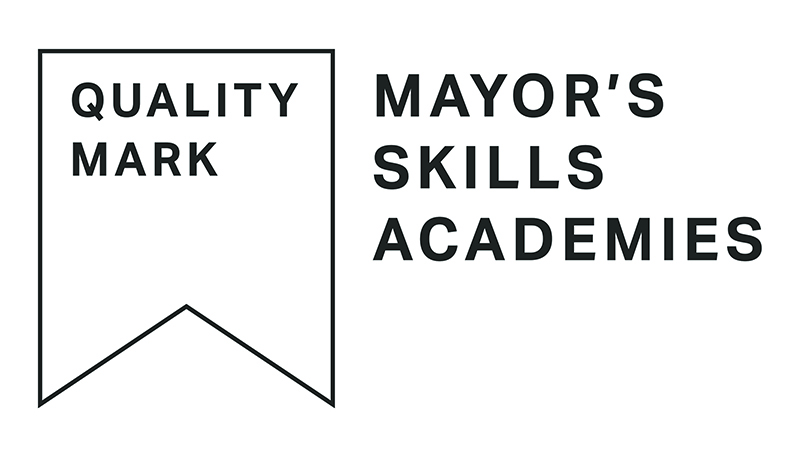What is Emotional Intelligence?
Emotional Intelligence is having awareness of our own and others’ emotional states.
If we consciously build and utilise vocabulary to recognise or express emotions, and in turn avoid or resolve conflicts, we form and develop fulfilling relationships based on mutual understanding.
Why is it important for us to recognise how vital Emotional Intelligence is?
From childhood, we are taught to regulate our emotions, but how successful we are at doing that depends on life experience and teaching. When faced with school, new experiences can cause emotional unsettlement. A lack of vocabulary or sufficient support can affect trust and expression, which can result in behavioural outbursts and problematic relationships.
Bullying can result from a lack of empathy received to settle a child’s own emotional state, meaning that they project their own feelings onto others. Once a reputation for ‘bad’ behaviour has been established, new problems begin.
As they grow into a young person and the longer the support for their own emotional intelligence development is delayed, this could lead to their being disaffected and leave them open to a number of problems:
- prejudicial attitudes
- conflicts
- negative self-image
- mental health problems
- lack of meaningful relationships
- behaviours that might put themselves or others at risk
Does that mean it is too late by the time they reach further education?
The short answer is “no”.
The fact that every young person on our registers has actually enrolled means that they want to move forward with their lives. This means that there is hope and a certain level of motivation to
work with.
Further education is about offering opportunities but while certificates prove competence in a subject, our students’ success can be measured on an emotional scale, too.
The impact emotional intelligence has on learning
We all know that when we are experiencing emotional difficulties without a safe outlet, we find it harder to concentrate. This means we are not taking in the amount of knowledge required to be as successful as we otherwise might be.
However, if we plan our lessons from the perspective of building emotional intelligence, we can create an outlet for expressing feelings and an inlet for knowledge, therefore, increasing the acknowledgement of value.
Reflective Logs
Reflective logs are an invaluable way to state what we learn and to express how we feel about what we learn. It places more onus of learning on the student and gives them a more explicit role in their learning.
This could be completed at the start and end of every lesson or topic.
If students reflect more, they are likelier to find value in what they are learning.
Reflective Logs: Metacognition on its own
Pre-task Questions:
- What are we learning about?
- Why are we learning it?
Post-task Questions:
- What did I learn?
- What do I need to do to improve?
Reflective Logs: Metacognition with Emotional Intelligence Development
Pre-task Questions:
. What are we learning about?
. How do I feel about it?
. Why are we learning about it?
. How will it benefit me?
Post-task Questions:
. What did I learn?
. How did I feel while I was learning it?
. What do I need to do to improve?
. How will acting upon what I need to do benefit me?
Vocabulary Building
When completing reflective logs, you could provide a set of synonyms to vary expression:
“I found this topic good to learn. I felt good while I was learning it.”
- Good: enjoyable or interesting
- Good: confident or self-assured
This vocabulary building allows the learner to deepen their awareness of the nuances of their own feelings.
Stories, Scenarios and Role-play
Stories allow learners not only to build vocabulary but also to track a character’s emotional journey, at times relating it to their own. They can also track how conflicts are resolved and how communication with tact can encourage more meaningful relationships.
Looking at scenarios, say critical incidences at work, offers a learner an anonymous person to assess, allowing them to safely express themselves empathetically and formulate a plan in the best interests of others.
Role-plays allow learners to use their own emotional understanding in the guise of someone else and can demonstrate empathy in a real way, while receiving feedback in a non-judgemental way on a personal level.
Discussions
Discussions open the space for demonstrating emotional intelligence because students learn how to listen to others and build on what they say, either by agreeing or even disagreeing to show critical thinking skills.
They can show empathy by being respectful towards others and gain experience in communicating calmly in a safe environment.
It is a good idea to provide sentence starters for practice:
- Your opinion about ______ was interesting. Could you tell me more, please?
- While I understand that this situation makes you feel ____, another way to look at it is… How would it make you feel looking at it in this way?
- While your idea about ______ is useful, another strategy might be to… What do you think about that strategy?
Presentations
Presentations are nerve-wracking for most people and that is why we, as teachers, need to use our own emotional intelligence to prepare learners effectively with practice-runs and positive reinforcement. It is only then that we can encourage learners to be more conscious of how to engage their audiences.
While it can an uncomfortable experience, giving a presentation allows learners a space to become the teacher and to showcase their own awareness of metacognition and emotional intelligence.
Once the initial anxiety has been decreased with practice-runs, learners themselves can reconsider the metacognition with Emotional Intelligence:
. What do I want my audience to learn, think or change their minds about by the end of my presentation?
. How do I want my audience to feel during and at the end of my presentation?
. Which persuasive techniques do I need to use or add to make the audience feel this way?
. At which points should I be more emphatic in my verbal and non-verbal communication?
Think about the overall benefit emotional intelligence has on social and work relationships
Learners are people. They feel as well as think. In order to be successful, they need to feel success as much — or even more so — than merely learning facts and figures.
How much of Maslow’s Hierarchy of Needs is dependent on emotional intelligence?
Therefore, can we be as holistically successful without it?

How building Emotional Intelligence fits with our college’s ethos
Teaching Emotional Intelligence encourages:
- Inclusive practice — it supports every learner to communicate confidently and safely inside of the classroom and around the college.
- Equality and Diversity — it creates a safe space for exploring the experiences and feelings of others from different backgrounds and life journeys.
- Personal and Professional Development — it allows every learner to learn how to express themselves in different situations and how to resolve problems confidently in the workplace and in life.
Supporting you to support your learners
To have professional discussion about and support in developing lesson plans with an emotional intelligence perspective, book a TLA slot with your Campus Learning Coach.












































